Batman: The Dark Knight Rises part 1
The “titles” of Batman Begins showed the symbol of a bat formed in a swarm of bats, the titles of The Dark Knight showed it in fire, now The Dark Knight Rises shows it in ice. The bats in Begins were a symbol of fear, the titles a metaphor for an identity forming out of shadows. The fire of The Dark Knight was like a wall of fire for that bat, that symbol, pushing through the chaos inflicted by the Joker. Now, the bat is, literally, the cracks in the ice formed by the isolation of Gotham City at the hands of Bane. “I knew Harvey Dent,” Jim Gordon lies, as the title image gives way to a scene of Gordon addressing a memorial service for the late District Attorney, “I believed in Harvey Dent.” Gordon is not speaking of Dent at all but of Batman, the man who (the reader will recall) took responsibility for Dent’s bizarre chance-induced crimes, became Gotham’s Dark Knight so that Dent could remain its White Knight, its Daytime Batman as it were. Thus caught up, the viewer is plunged into a new story.
A CIA ops team in somewhere in eastern Europe (led by a character named “CIA Man”) is picking up one Dr. Pavel. The men delivering Dr. Pavel to CIA Man have included, with Dr. Pavel, three hooded men who, they say, work for a notorious masked mercenary named Bane. I’m guessing that the men delivering Dr. Pavel do as well, since one of the hooded men on Team Hooded Men is Bane himself. CIA Man is very excited to have Bane on his plane, so excited that he pretty much forgets about Dr. Pavel once the flight starts. CIA Man wants only to know about Bane, and therefore so do we.
What does Bane want? For the moment, Bane wants to kidnap Dr. Pavel. Bane, of course, already had Dr. Pavel in his custody, but his plan to kidnap Dr. Pavel involves faking Dr. Pavel’s death at the hands of the CIA and vanishing without a trace. The only way to accomplish this, in Bane’s view, is to stage a staggeringly complicated plane-to-plane passenger transfer, complete with a blood transfusion performed while dangling inside the verticle cabin of a crippled aircraft, while trained assassins shoot at him. Bane, obviously, is, if nothing else, a daring man, who, like the Joker and Ra’s Al Ghul, has fanatical henchmen gladly willing to die for him. “The fire rises,” he says to one of his henchmen, and, to Dr. Pavel, “Now’s not the time for fear, that comes later,” tying together the themes of the Begins and Knight. He mentions nothing about ice, but that comes later.
Meanwhile, in Gotham City, here is Police Commissioner Jim Gordon again, at another Harvey-Dent-related speaking engagement, this time at Wayne Manor. Gotham City, we are told, is now free from organized crime, thanks to Dent’s work (which was, of course, partly Batman’s work). Every hardened criminal is now in Blackgate Prison as a result of something called The Dent Act, a law apparently passed in the wake of Dent’s death at the hands of the masked vigilante known as Batman. It’s been eight years, we learn, since Gotham was terrorized by a costumed freak of any sort. What does Gordon want? Gordon, it seems, has something to say about Harvey Dent, but he decides not to say it, not tonight. Dent, he knows, ended his days as a costumed freak himself, cutting a swath through the underworld as a murderous psychopath.
Now we meet Selina Kyle, a thief in disguise as a maid working the Dent-related affair at Wayne Manor. She snags the job of delivering Master Bruce’s dinner to his private quarters, getting the key from loyal butler Alfred. Selina cares nothing about the politics of The Dent Act, she’s come to Wayne Manor to, apparently, steal a necklace from Bruce Wayne’s private safe. Ah, but not just any necklace, but the pearl necklace worn by Bruce’s mother the night she was gunned down by thug Joe Chill, in the back alley behind the opera house, lo those many years ago. That night, the eight-year-old Bruce had his identity forged, by a fear of bats, a man with a gun, and a police detective with a warm heart.
We also meet Miranda Tate, a business associate of Wayne’s, who has come to see him on business, and Daggett, a businessman with his own beef with Wayne. Wayne, we’re told, has destroyed his business with a huge investment in some sort of “save the world” project (just like Bruce Wayne to set for himself an unachievable goal). Wayne, we’re told, in the wake of his misadventures, is now a recluse, a far cry from the billionaire-playboy he posed as in previous incarnations.
From the creator of Inception, a theme of deception. Bane deceives the CIA Man, Gordon deceives the people of Gotham, Selina deceives Alfred, Bruce deceives everyone, including himself. “Things are not as they seem” is a cliche in crime drama, but it fits here and is deeply ingrained in the smallest of exchanges in Rises. Gotham is at peace, but the peace is built on a lie. That is Bruce’s real wound that won’t heal. Someone once said, “Drama begins with a deception, and when the deception is revealed the drama is over.” The Dark Knight Rises will test that theory with deception upon deception.
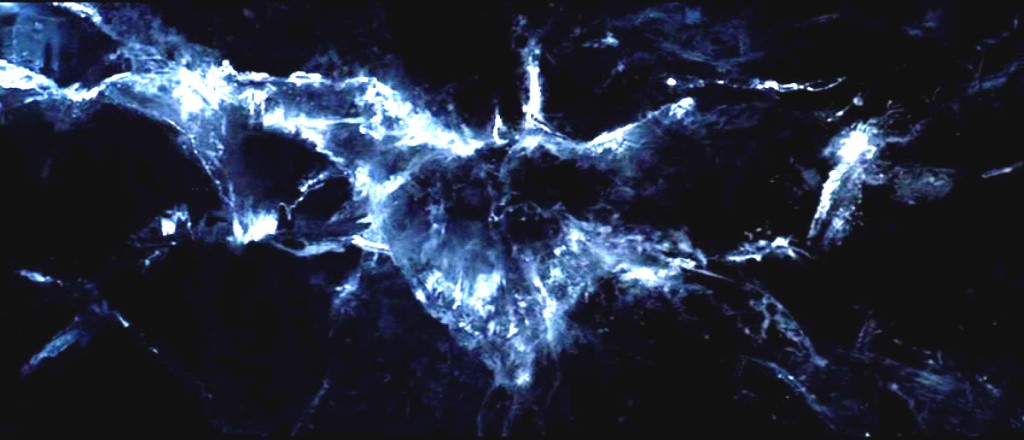
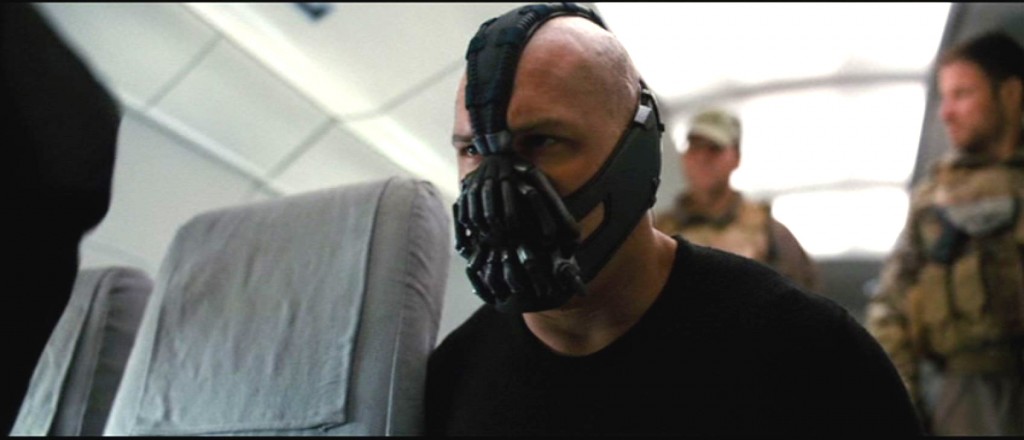
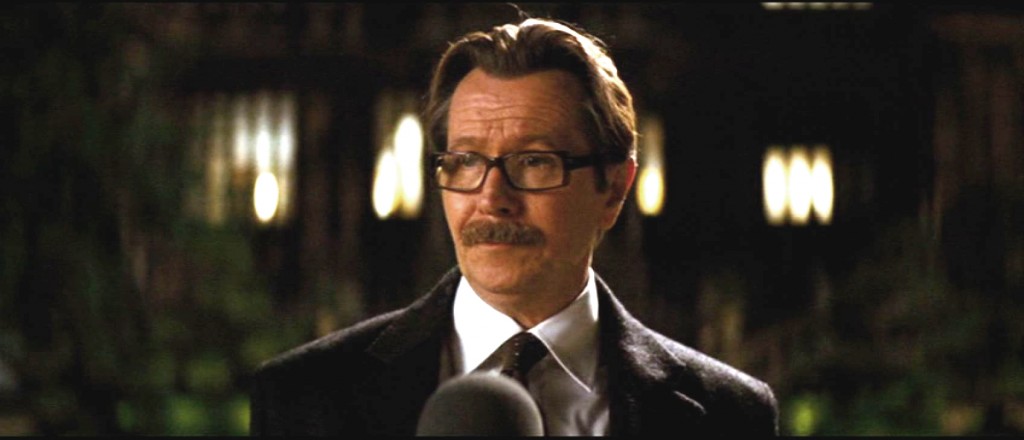
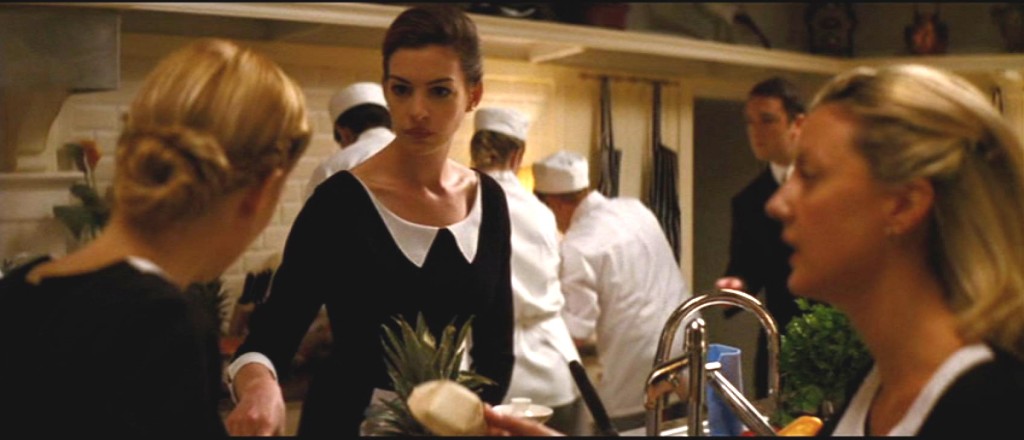
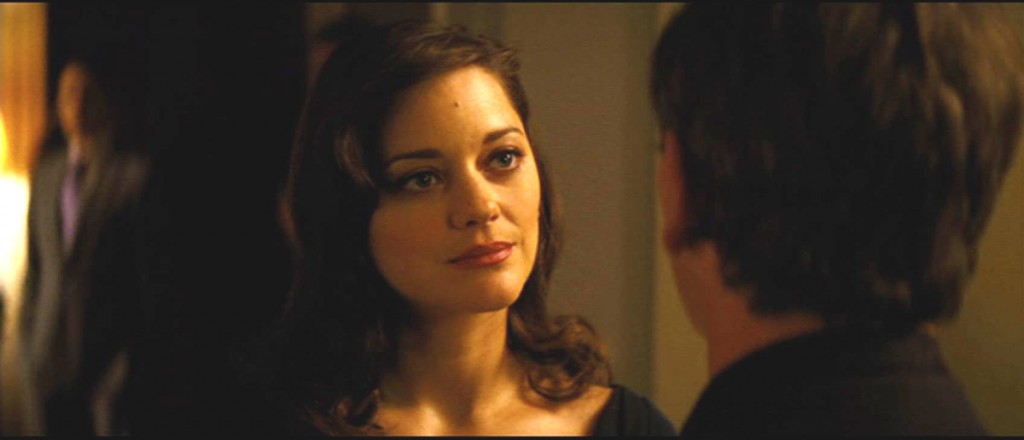
Do we know the legal particulars of The Dent Act? Given THE DARK KNIGHT’s echoes of the real-world War on Terror, should we assume that The Dent Act has some thematic similarity to The Patriot Act?
Kevin Smith has a podcast called FAT MAN ON BATMAN and, as the name suggests, it is entirely devoted to Batman-related subjects. He talked about THE DARK KNIGHT RISES at length a couple of times, and I believe one of his guests, who liked the film less than Smith, complained about the timing of Bruce Wayne’s tenure as Batman up until the beginning of RISES. BATMAN BEGINS ends with Gordon giving Batman the Joker’s trading card. If the Joker-dominated DARK KNIGHT takes place shortly after the end of BEGINS, that would imply that Bruce Wayne only spent a brief period as Batman, probably less than a year. Kevin Smith’s guest objected to the idea that Bruce Wayne would give up being Batman for eight years. I
I don’t recall if we ever learn how much time elapses between BEGINS and DARK KNIGHT — it’s definitely been long enough for Batman to make an impression on the people of Gotham impressive enough that amateurs dress up in Batman costumes to fight crime.
I think it was implied somewhere to be roughly six months to a year. When you’re fighting crime most nights though, that’s an awful lot of crime fought. If every night he fights one crime, and assuming weekends off (generously, Bruce isn’t exactly the weekend-off type), and one crime fight is an episode of an Unspecific Batman TV Show, in six months that’s like 120 TV episodes. That’s a lot of Batman by anyone’s books.
According to some theories, the Dent Act is similar to the Patriot Act, in that it restricts the rights of those convicted of mob-related crimes, presumably blocking parole, that sort of thing.
One of the things I like about Nolan’s trilogy, though, is that it acknowledges the unsustainability of being Batman. Bruce’s body is subjected to a phenomenal level of wear and tear (as is his psyche); I find the story of that kind of limitation far more compelling than a scenario where he goes on being Batman for a decade.
I think The Dent Act’s main component is that it allows them to hold people without parole. Remember in The Dark Knight the discussion between Dent, Gordon and the mayor after they arrest basically the entire mob. The mayor complains that this is worthless because they will make parole and be back on the streets. Dent’s reply is that yes, the bosses will make parole. But the lower level guys won’t. Thus crime should drop without the bosses being able to enforce as effectively.
So after The Dark Knight ends, presumably the fact that the bosses indeed made parole and helped the Joker and Batman commit their crimes convinces the people of Gotham and their representatives that they need to deny parole to people in order to stop the mob. That’s where you get the ~1000 people in the prison in The Dark Knight Rises. Those are people either being held without parole under The Dent Act or already convicted, which I think is the case with Selina Kyle.
I would guess that not much time has passed between John Blake arresting Selina and her being put into Blackbrier (I think that’s the name of the prison). The time frame is a bit unclear (a consistent criticism I’ve heard from people about the movie in general, one I don’t share). But the fact that the guard invokes The Dent Act when walking Selina through the jail to her cell suggests to me that she is a victim of the Act. And Selina is put in this prison with a bunch of men because of another provision of The Dent Act, which is an allowance for non-segregation based on past history (I think).
The main thing, though, is the lack of parole. Blake mentions the problem with this when Bane reads Gordon’s letter. I’m not a lawyer. But I think the point Blake is making is that denying parole is a violation of due process, which is why it took the crazy events of The Dark Knight to compel the city to embrace it. The whole point of the ending was that that type of action wouldn’t be allowed by the citizens of Gotham without the shock of Dent being killed while trying to clean up the city by follow the law.
I am so excited about this. You are a god amongst screenwriters-who-wrote-Antz-and-other-things-and-also-do-beautifully-written-and-insightful-screenplay-analyses, a god.
Oh, I was hoping you would do this — not just for the structure of TDKR itself, but how it forms a larger structure with the previous two movies. That’s the level on which I found it the most interesting, personally.
(Since you’re analyzing this, and have analyzed Avengers, I might as well aim for the hat trick of movies I’m hoping to see you cover, and say that I’d love to see you go through Skyfall — possibly with a detour first for a more thorough analysis of the first two.)
I’ll do Skyfall when it comes out on DVD for sure. I’m also going to go back and do the pre-Avengers Avengers movies. After Dark Knight Rises I want to get to Spielberg’s War Horse and Lincoln to finish up my Spielberg analysis.
Just saw Lincoln tonight. (In a double-header with Django Unchained, actually, and didn’t that make for an interesting pairing.) Haven’t seen War Horse yet, though.
Anyway, very much looking forward to the Bond analysis and the other Marvelverse films.
Have you seen the show Dexter? I just finished watching the first two seasons. It took me most of the first season to figure out that (spoilers! for a 6-year-old TV show) it’s basically a twist on the Batman myth, which is made explicit partway into the second season (“Dark Defender”).